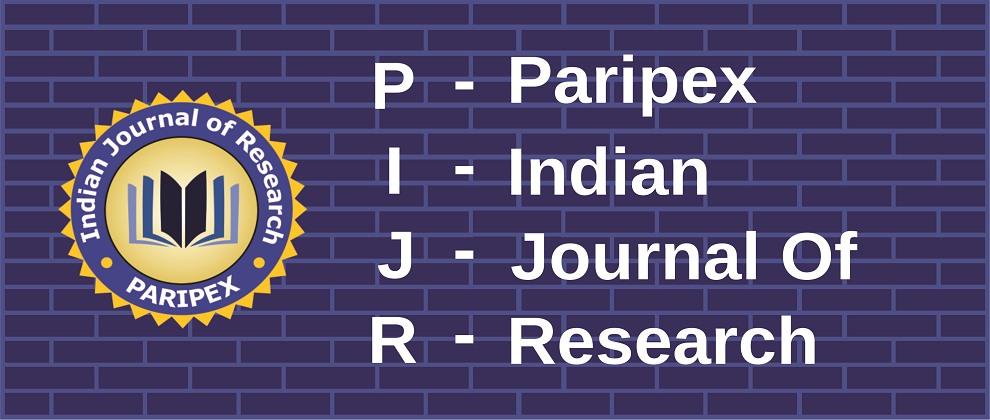Volume : VIII, Issue : VI, June - 2019
Heat-Induced Alterations In Root Canal Obturation: Implications For The Identification Of Fire Victims
Dr. Ramesh Chandra, Dr. Pallavi Mittal, Dr. Urvashi Ojha
Abstract :
Detection and identification of human remains in situations in which they are calcined, disarticulated, and fragmented may be a challenging task. Forensic dentists investigate with incidents involving high temperatures (e.g. airplane crashes, natural disasters, house fires) and therefore information gained from experimental research was helpful for estimating temperature effect on tissue changes to then facilitate victim identification. Teeth may have differences in withstanding temperatures and compared with the adequate qualities and quantities of the traces of burned bodies. This relies on the previous records as well as the radiographs. This study was conducted on 60 extracted teeth which were parted into four groups of 15 teeth per group according to different temperatures. Group A – 200°C, Group B – 400°C, Group C – 600°C, and Group D – 800°C. According to changes on teeth surface temperatures can be categorized as intact, scorched, charred and incinerated. At 800°C, the tooth completely charred whereas at 200°C and 400°C the tooth showed both visual and radiographic changes. Knowledge of changes in human dentition and residues of root canal obturated teeth can help identification of bodies burned beyond recognition
Keywords :
Article:
Download PDF
DOI : https://www.doi.org/10.36106/paripex
Cite This Article:
HEAT-INDUCED ALTERATIONS IN ROOT CANAL OBTURATION: IMPLICATIONS FOR THE IDENTIFICATION OF FIRE VICTIMS, Dr. Ramesh Chandra, Dr. Pallavi Mittal, Dr. Urvashi Ojha PARIPEX‾INDIAN JOURNAL OF RESEARCH : Volume-8 | Issue-6 | June-2019
Number of Downloads : 610
References :
HEAT-INDUCED ALTERATIONS IN ROOT CANAL OBTURATION: IMPLICATIONS FOR THE IDENTIFICATION OF FIRE VICTIMS, Dr. Ramesh Chandra, Dr. Pallavi Mittal, Dr. Urvashi Ojha PARIPEX‾INDIAN JOURNAL OF RESEARCH : Volume-8 | Issue-6 | June-2019


 MENU
MENU

 MENU
MENU


